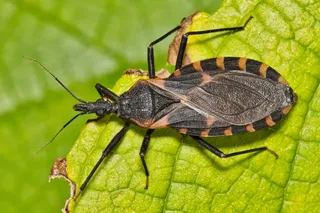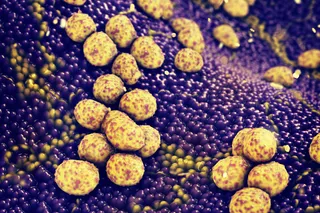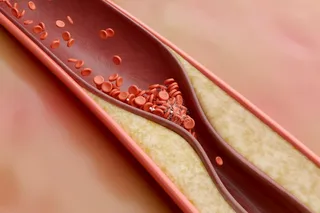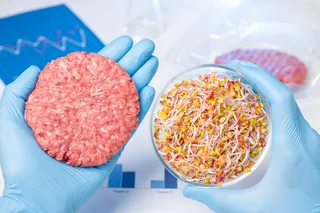Well, you may not have blue eyes, but many people do. The post below suggests that there is still a lot of confusion on how eye color is inherited, but now in 2007 we are coming close to clearing up many issues. A paper which came out early this year, A Three-Single-Nucleotide Polymorphism Haplotype in Intron 1 of OCA2 Explains Most Human Eye-Color Variation (Open Access), suggests that about
3/4 of the eye color variation in Europeans (from pale blue to dark brown) can be explained by polymorphism around the OCA2 gene
. In other words, eye color comes close to being a monogenic Mendelian trait when it comes to inheritance, but not quite.
The diagram below is probably close to what you learned in high school:
Standard Model
Brown heterozygote parent
BlueBrown
Brown heterozygote parentBlue
Blue Blue (Blue phenotype)
Blue Brown (Brown phenotype)
Brown
Blue Brown (Brown phenotype)
Brown ...













